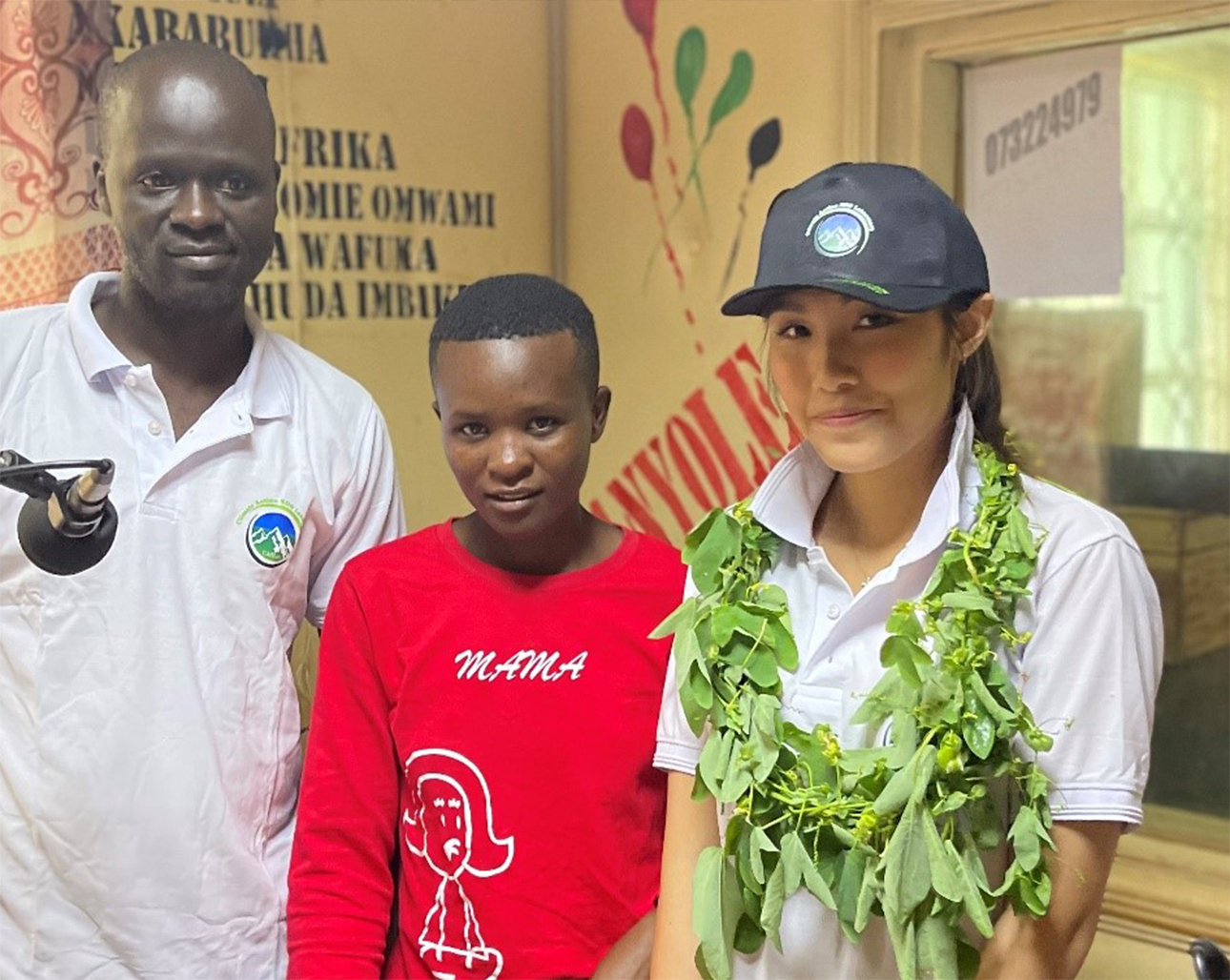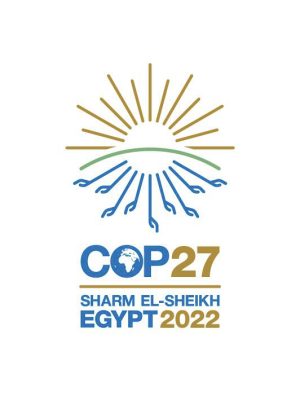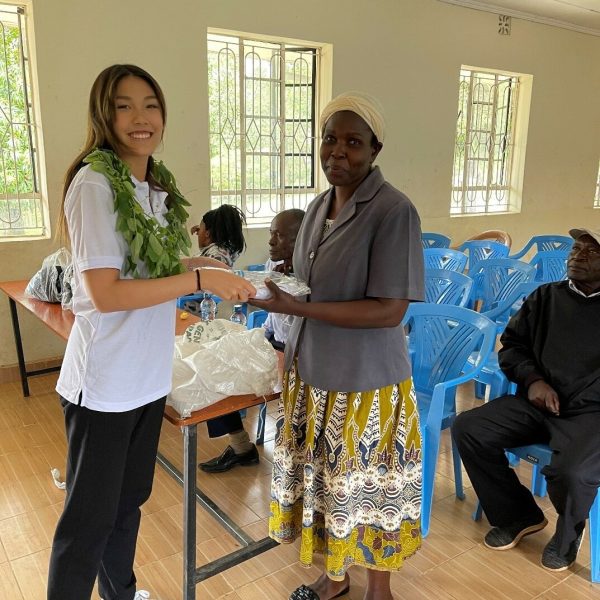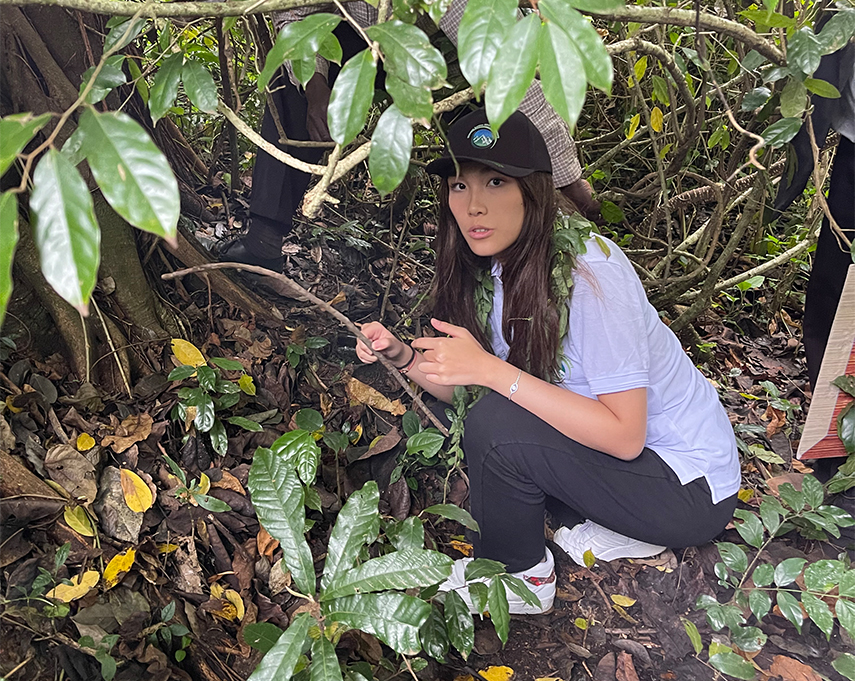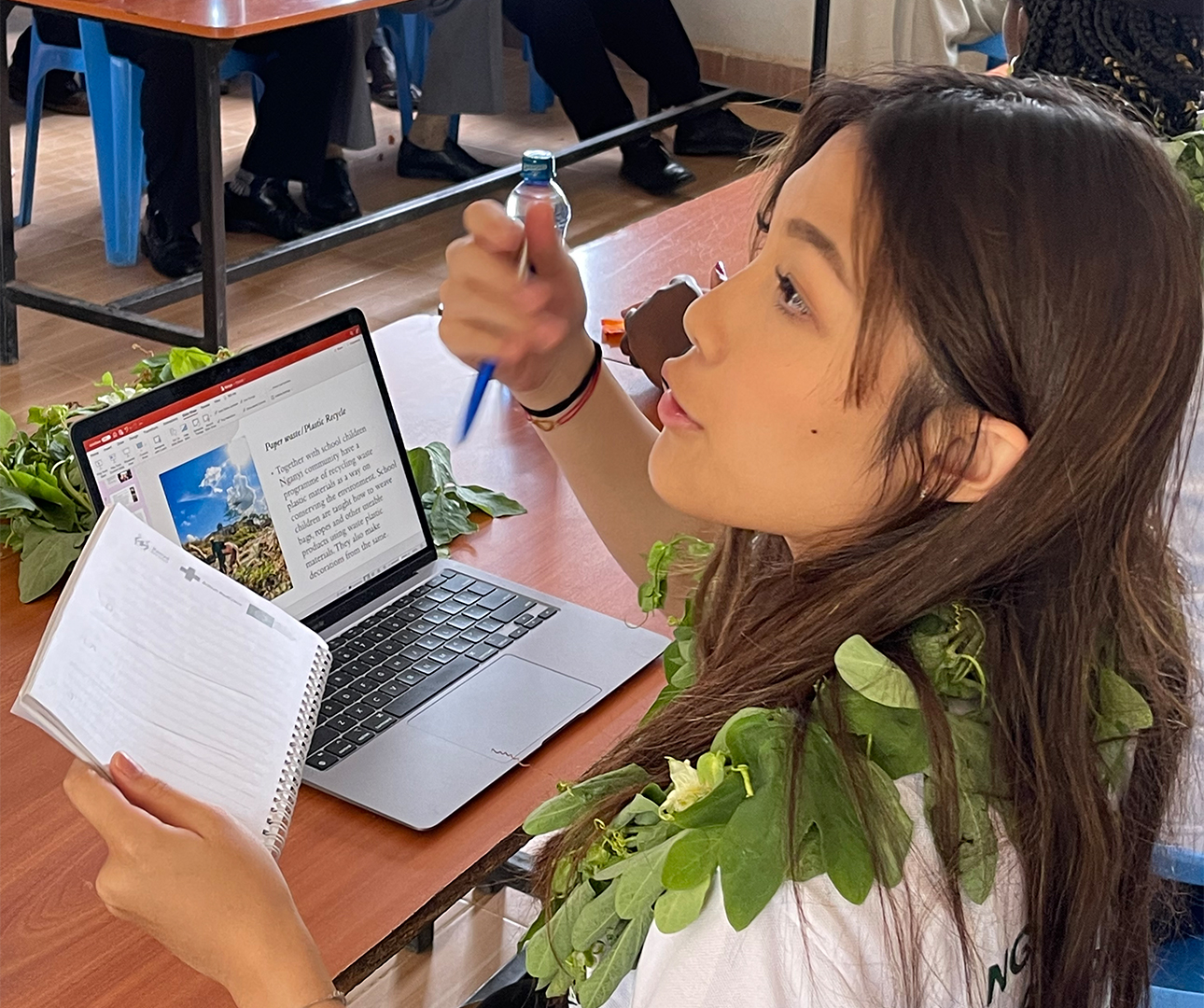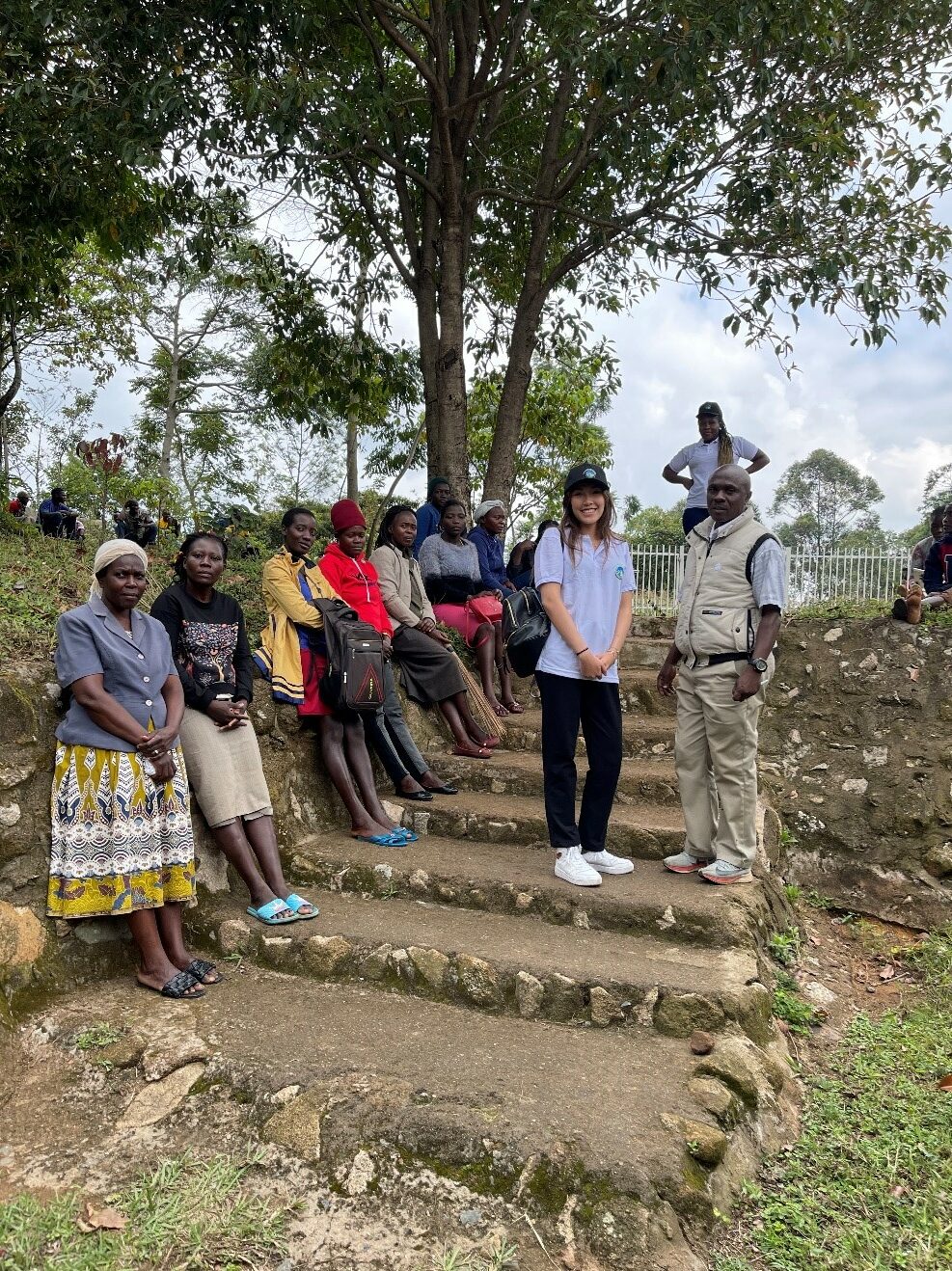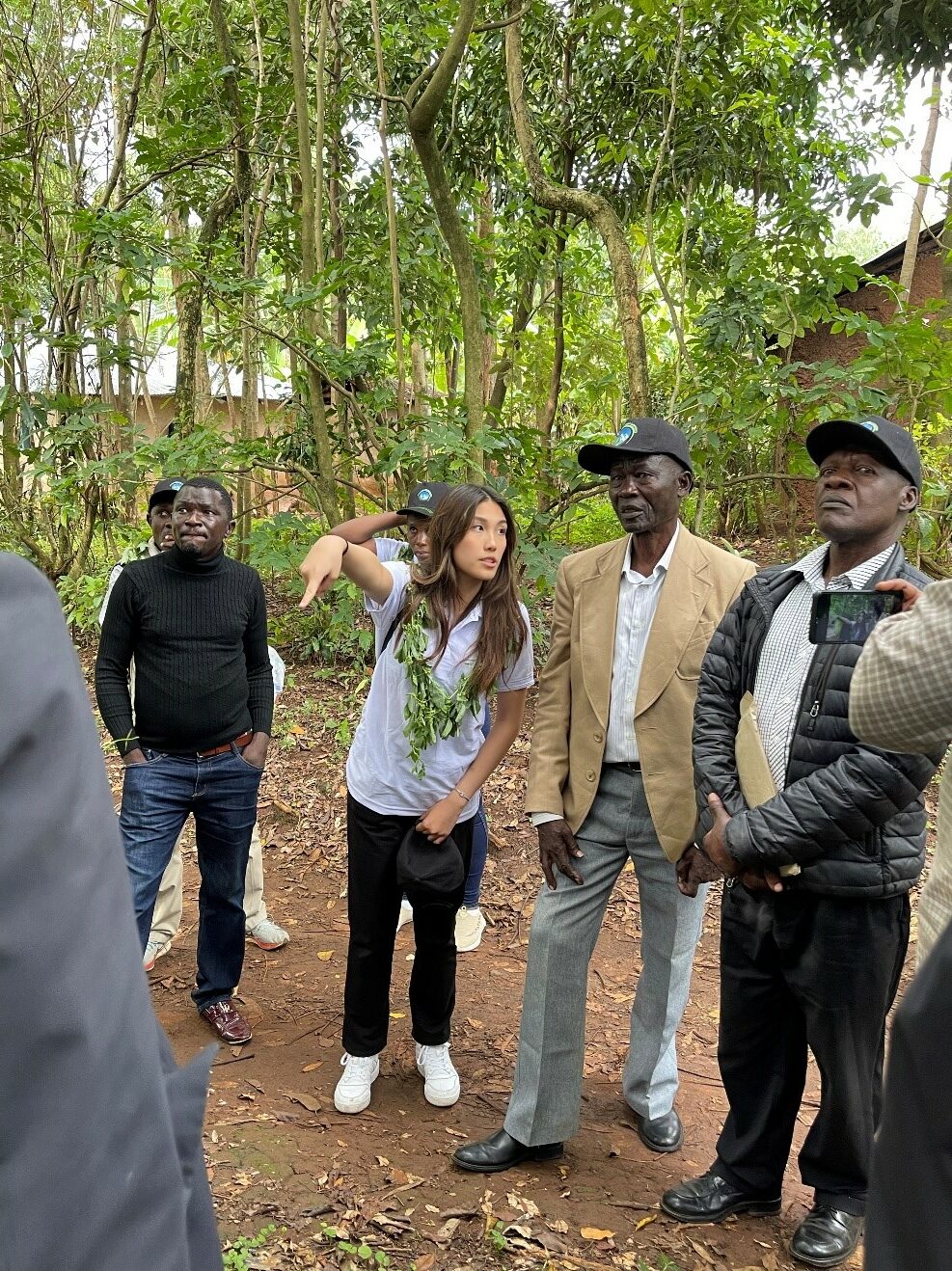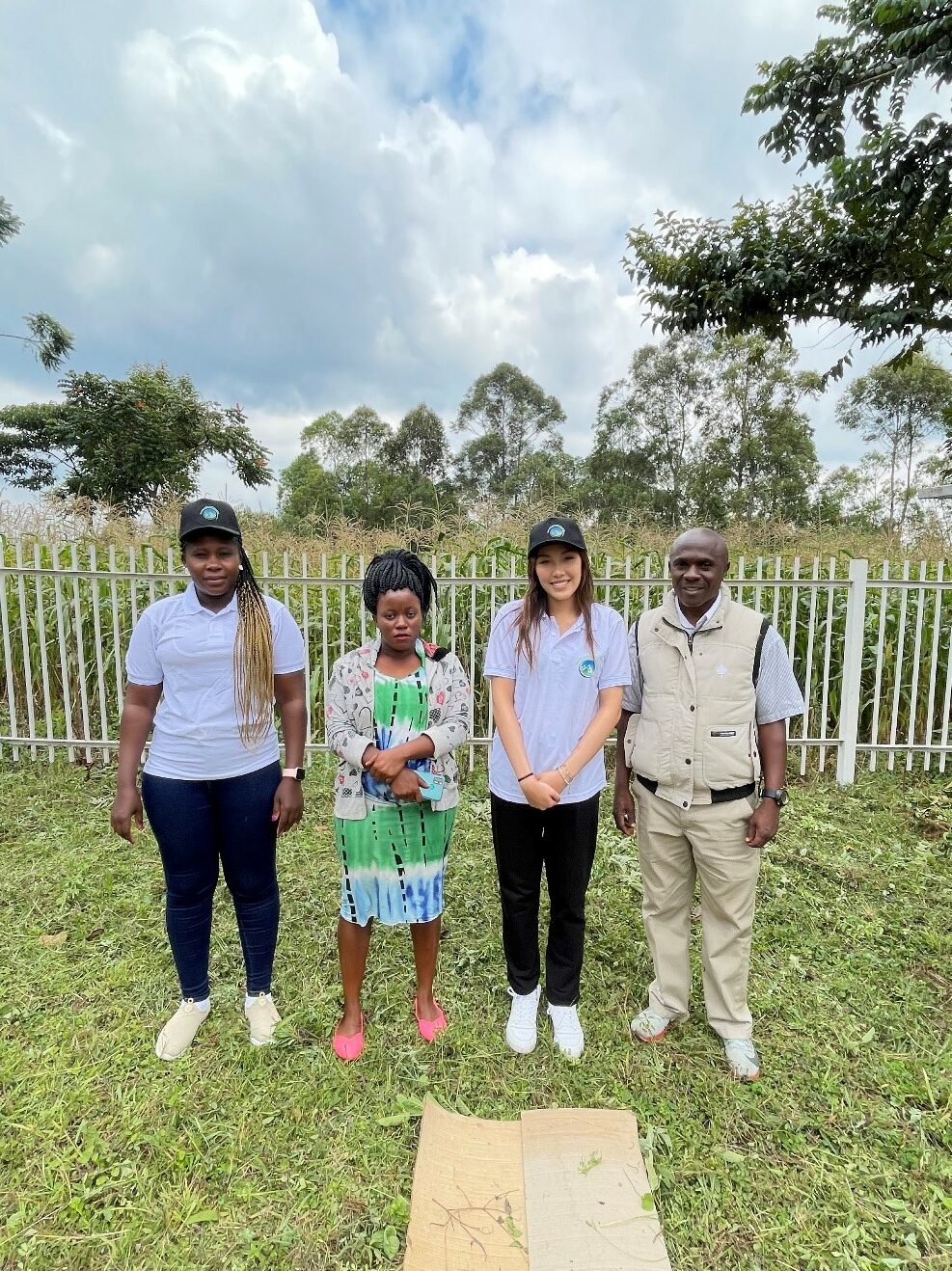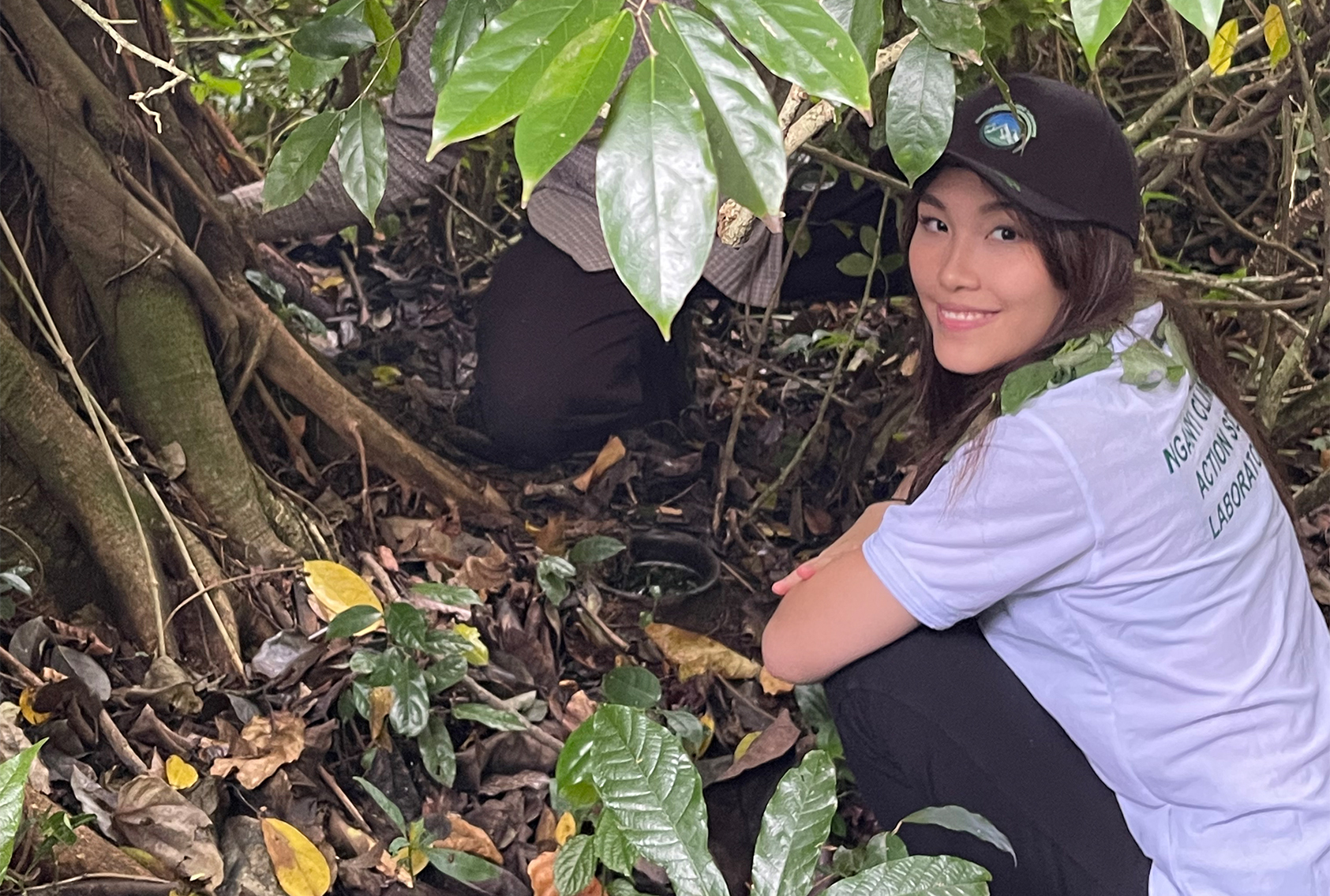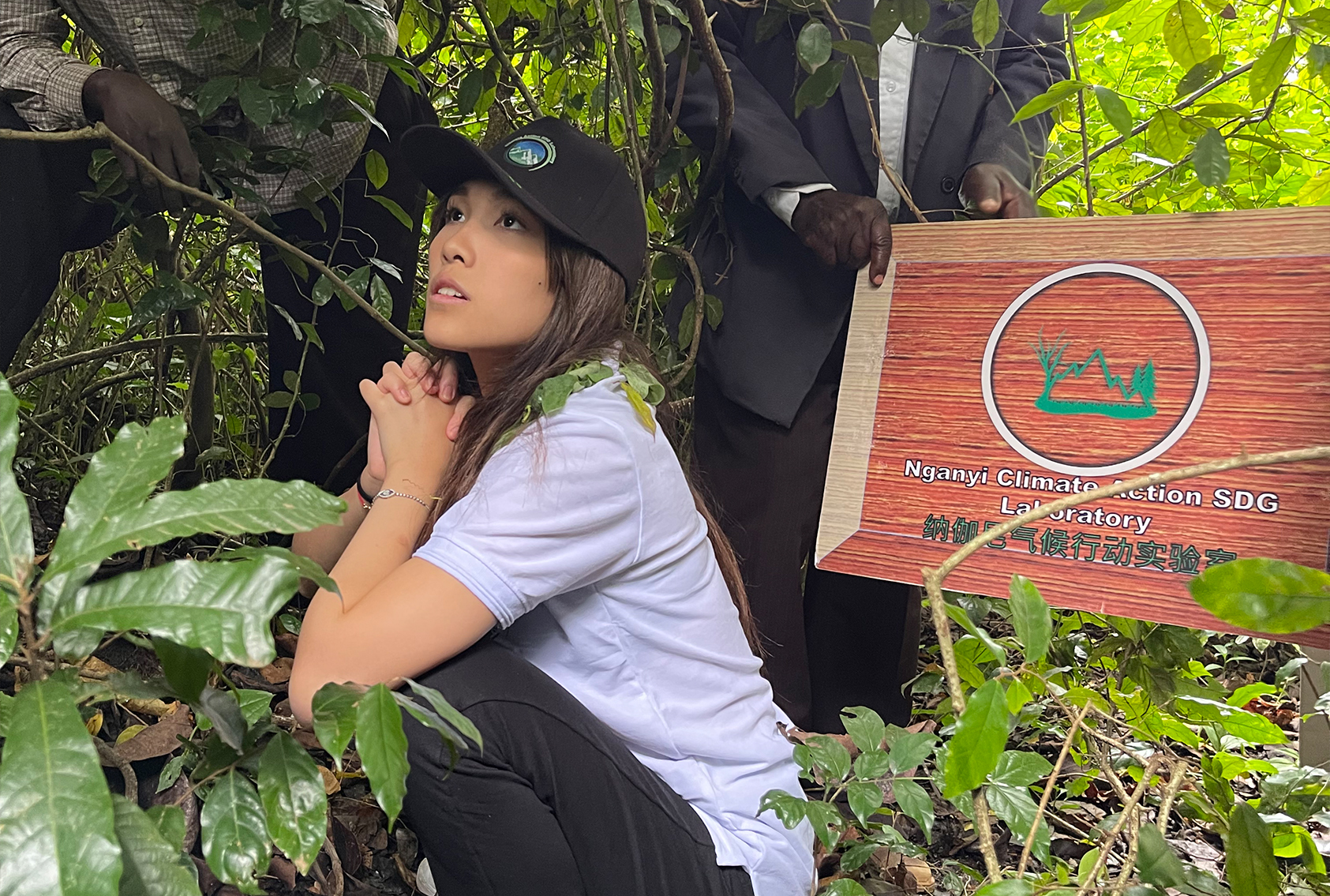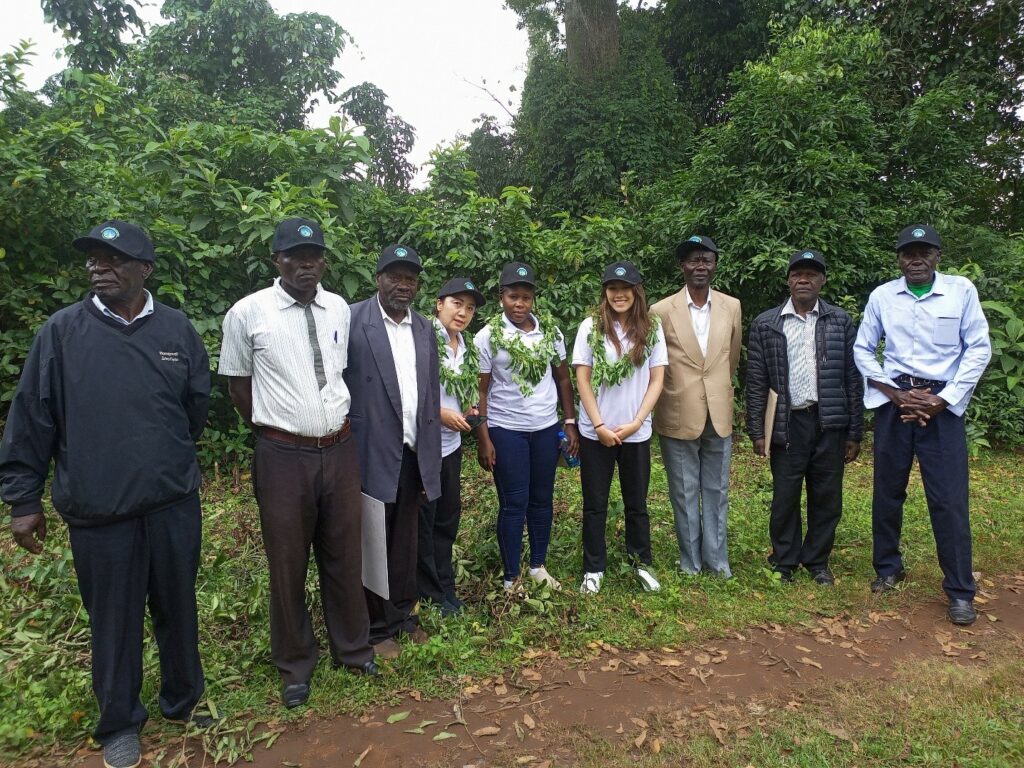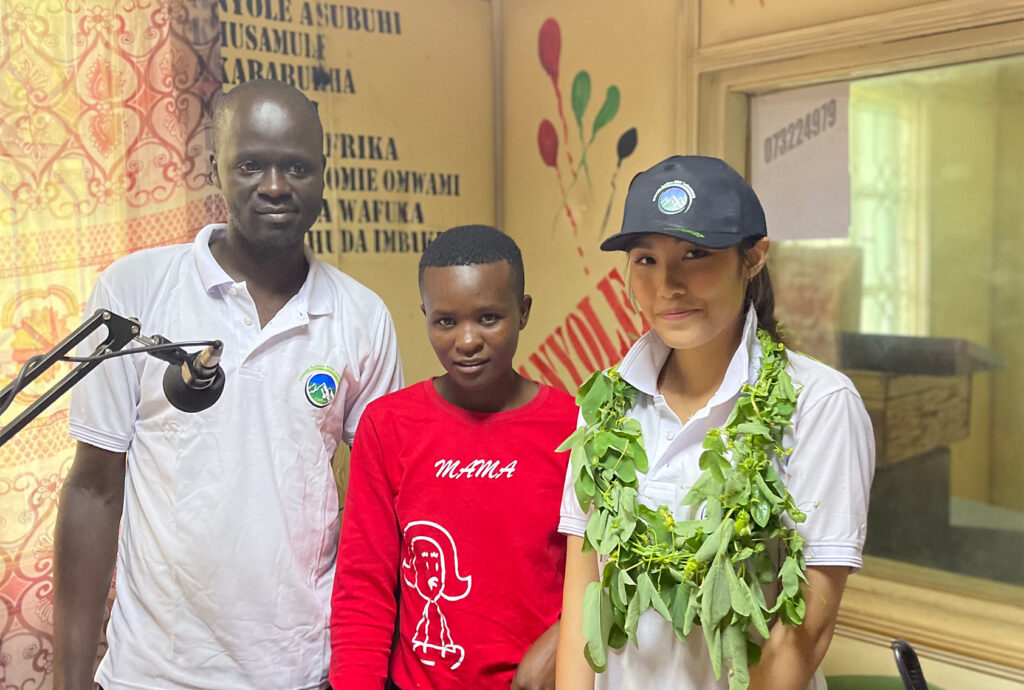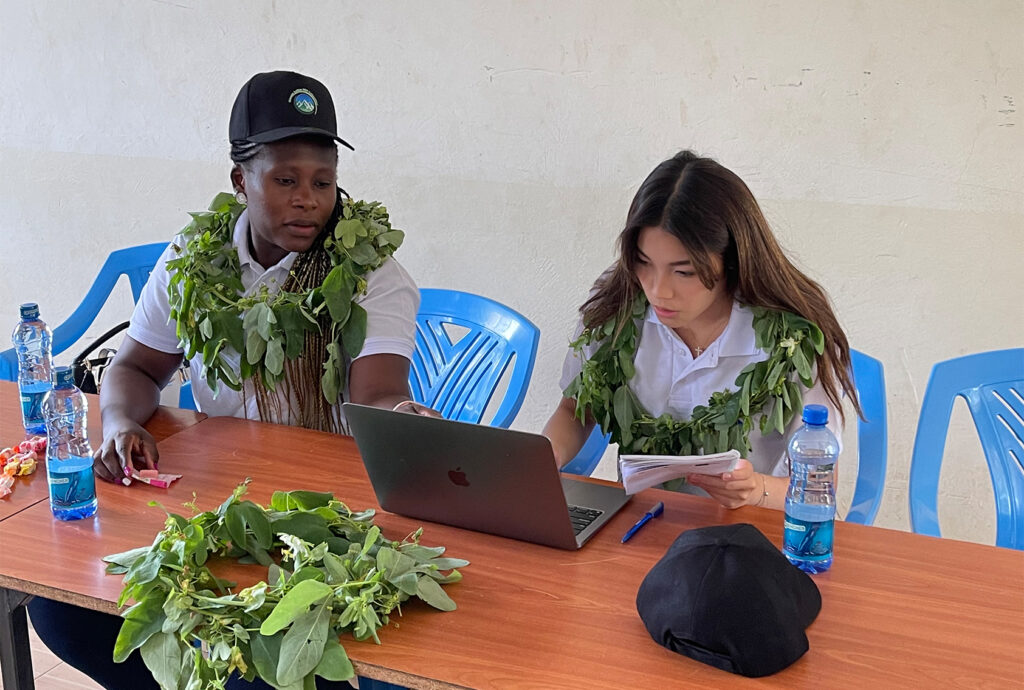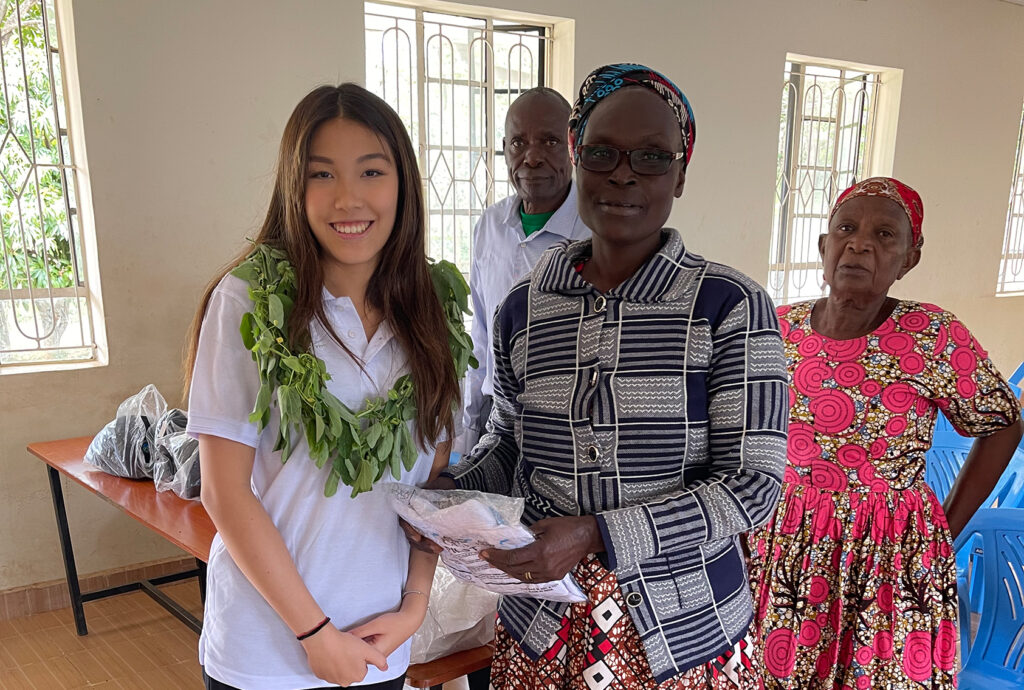After listening to the story, I asked the old chief of the tribe if he was also a “rainmaker” and how a “rainmaker” predict the climate change. With a mysterious smile on the face, the old chief said, “The myth about the ‘rainmaker’ Nagani and his ability to predict the weather are handed down from generation to generation in the tribe. There are still ‘rainmakers’ in Nagani. I am one of them. It is a major point of view of rainmakers to actively address the climate change. We forecast the weather with the traditional knowledge. We observe trees, birds and insects in the holy land because they play a key role in weather prediction. We also predict weather based on temperature changes and changes in animal behavior, such as dog barking and bird singing. We also observe the way the leaves of trees fall and others. The holy land of Nagani, located in the sacred forest, is our observation center. We observe there even in the night.”
